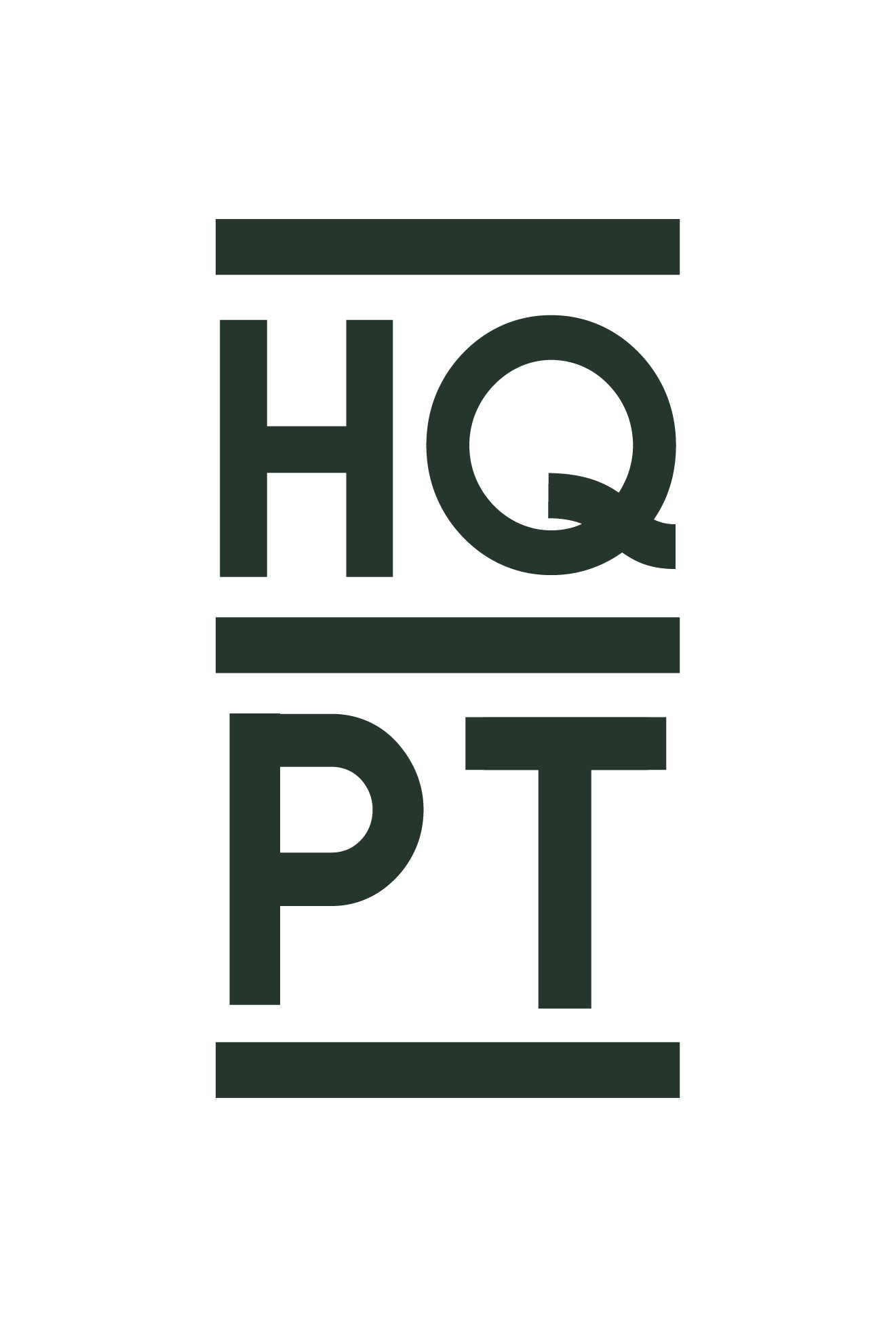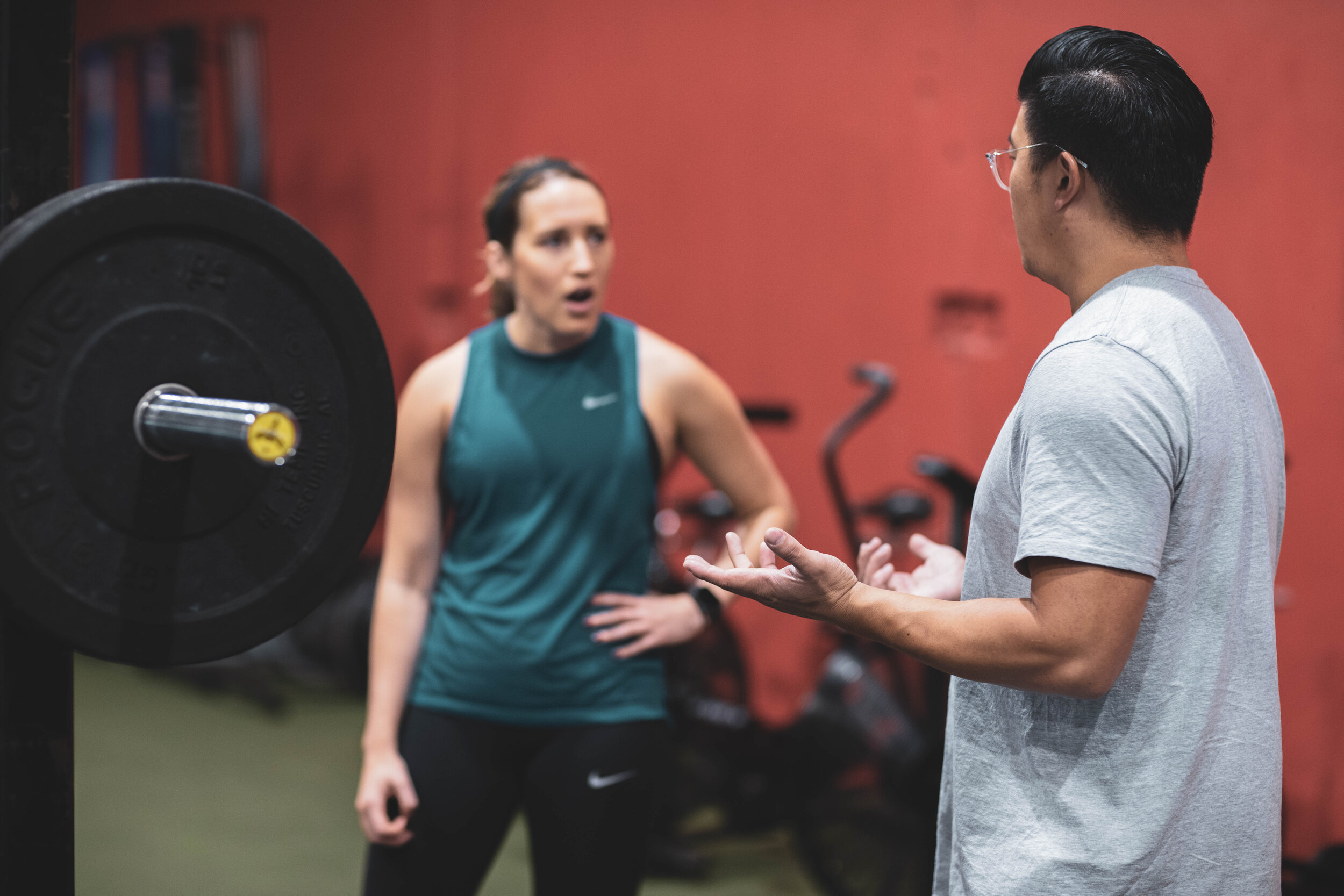ARE YOU OUR IDEAL PATIENT?
It should come as no surprise to anyone that we at Headquarters Physical Therapy are a little bit different than your traditional physical therapy clinic. For starters, we are intentionally out of network with any insurance company. If you read our last blog you’ll see that we willingly assume that risk of a low volume of patients in order to provide the highest value to our patients in a manner that we believe will save folks time and money while helping them to be more self-sufficient and independent in the long run.
Another trait that sets us apart from your run-of-the-mill physical therapy clinic is that we don’t claim to treat all types of patients. Now, please understand that when we say this we are not implying that we only treat athletes of a certain sport or caliber. In fact, between the 3 of us clinicians we actually prefer a wide variety of patients. We enjoy working with patients ranging from the high school football player to the middle-aged (and older) weekend warrior to the person who is looking to become more active but doesn’t know how to get started. Whether it’s post-operative ACL reconstruction, total joint replacements, or chronic low back pain - we love it all!
But there is one thing. Ok, maybe there’s more than one. And this is where we are more than comfortable saying that maybe we just aren’t the right clinic for everyone. Actually, we know we aren’t the right clinic for everyone.
Our approach stands on 3 pillars. Core values, some might call them.
Quality - All things considered, we will always opt for treatment that is proper for the patient to get from point A to point B. We will not give lesser than treatment with the agenda just to keep the patient coming back for more. Codependency is not our MO and we actually celebrate when patients tell us that they feel so good and independent that they no longer need our services.
Education - We do not exist simply to administer exercise. Yes, exercise is a very integral part of our treatment plans, but our methods involve so much more than just getting people stronger. We will even go so far as to say that the physiological benefits of exercise are a mere byproduct of the confidence and self-efficacy we try to instill in each patient. Often times patients come to us wanting to be told what to do regarding their particular situations. Our hope is that they will walk away with accurate, science-based information about what it is we are trying to accomplish, what actually works best for their injuries, and how to make sense of other information that they’ve been told regarding their pain. We want to give our patients the tools necessary to make them active participants in their wellbeing.
Outcomes - At the end of the day it’s the patient’s goals that matter. Some patients want to run marathons and some want to be able to mow the lawn without back pain. Whatever their goals are we are here for it. Whatever is holding them back either psychologically or biologically we are not satisfied until the patient is satisfied. These are the outcomes that matter.
The Biopsychosocial Model of Pain
The Biopsychosocial model was first introduced in 1977 by internist and psychiatrist George Engel. He was challenging a long-standing philosophy in medicine that focused primarily on biological causes of illness by saying that the psychological status of the patient as well as their sociological environment and upbringing played equally impactful roles in pain and healing.
(image taken from https://www.physio-pedia.com/Biopsychosocial_Model)
While this model has been adopted in various health fields, it has taken quite some time for the physical therapy world to buy in. We will admit that this was not easy for us to adopt either. In fact, if you ask Neville he will tell you that he was completely blinded to the psychosocial aspect of pain and healing when he first began practicing in 2012. His beliefs were slowly challenged by other clinicians and when he finally looked deeper at the research and even at his own narratives that he was supplying to patients he had to admit that there was more to it than bones, ligaments, tendons, and muscles. As he slowly began applying this mentality in his clinical practice he started to see a shift in patients taking ownership of their own rehabilitation and their own physical possibilities.
Why Do We Care About These Things?
It would be easier to fill patient’s heads with doom and gloom. That is what traditional medicine typically does - focus on the biological considerations for why a person may be experiencing pain or dysfunction. Unfortunately, this takes the person-ness out of the patient and shifts a focus towards what is likely not the main issue anyway.
So Who Are You?
Are you someone who wants to be engaged in the process? Are you someone who wants to achieve more than just “getting by”? Are you someone who is confused or even frustrated with all the gurus on the internet promising you a pain-free life if you just follow three easy steps? If that’s the case then we are here to help.
We don’t promise that the outcomes will be easy to achieve but we do promise that they will be real, they will be honest, and they will make you a more resilient human being in the end.
If you have any questions about how we can help you fill out an inquiry form with one of the options below!



